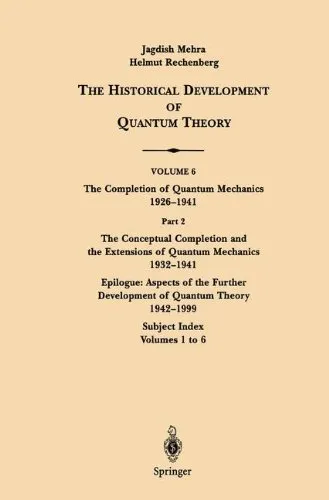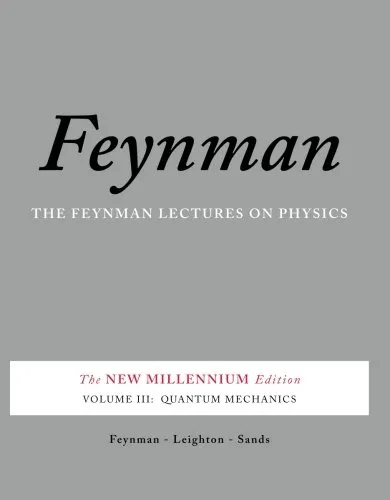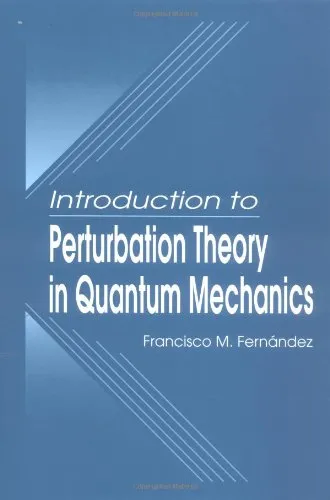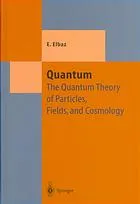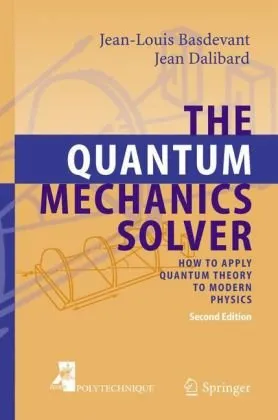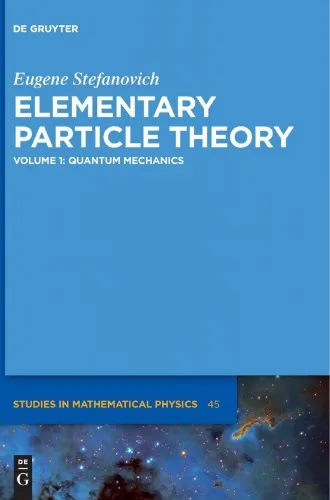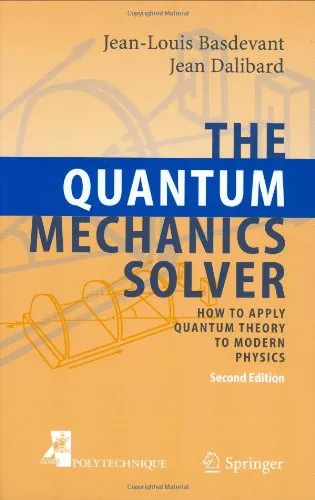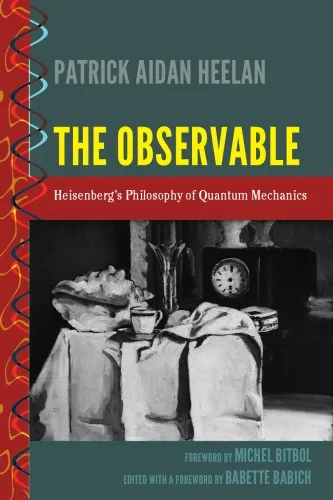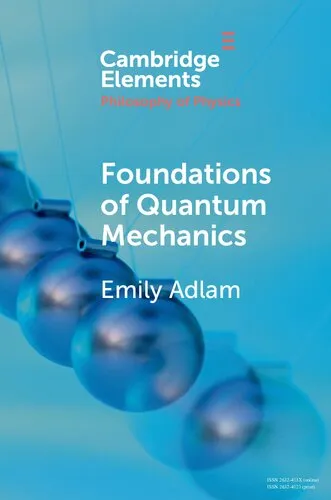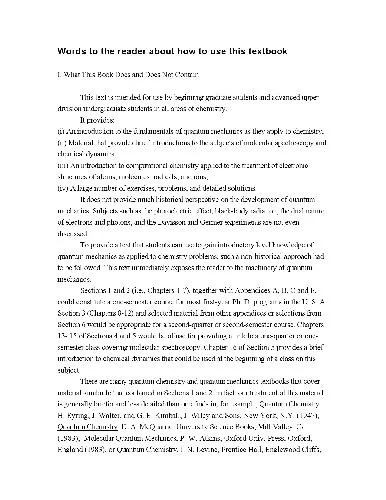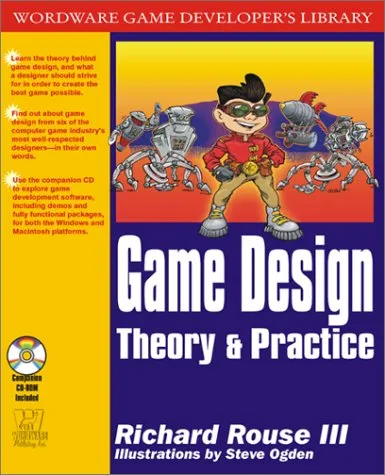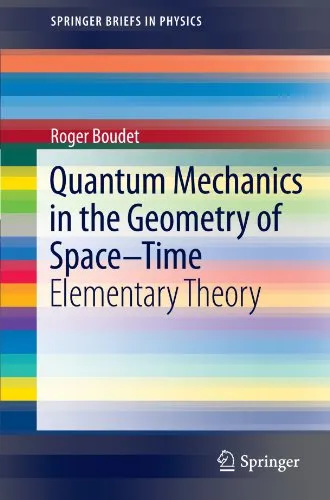Part 2: The Conceptual Completion and Extensions of Quantum Mechanics 1932-1941. Epilogue: Aspects of the Further Development of Quantum Theory 1942-1999:
4.5
Reviews from our users

You Can Ask your questions from this book's AI after Login
Each download or ask from book AI costs 2 points. To earn more free points, please visit the Points Guide Page and complete some valuable actions.Related Refrences:
Welcome to our exploration of a pivotal era in the evolution of quantum mechanics, where foundational concepts were meticulously completed and extended. "The Conceptual Completion and Extensions of Quantum Mechanics 1932-1941" with an epilogue discussing the subsequent developments from 1942 to 1999, is an authoritative text that captures the essence of a transformative period in modern physics. Authored by Jagdish Mehra and H. Rechenberg, this book provides an in-depth analysis of both historical progressions and conceptual breakthroughs that shaped the landscape of quantum theory.
Detailed Summary
The book is a meticulous synthesis of the developments within quantum mechanics from the years 1932 to 1941—a period marked by the culmination of ideas seeded in the earlier years of the 20th century. This volume documents how physicists like Paul Dirac, Werner Heisenberg, and Erwin Schrödinger, among others, contributed to the refinement of quantum mechanics into a more structured science.
The authors offer a detailed exploration of how quantum mechanics was not only about theoretical frameworks but also about experimental verifications that provided robustness to the theory. The book covers complex topics such as quantum field theory, the uncertainty principle, and the matrix mechanics that emerged during this period.
Following the initial period, the book transitions to an epilogue that examines how these developments laid the groundwork for further advancements post-1941, delving into areas like quantum electrodynamics, quantum chromodynamics, and the eventual formulation of the Standard Model of particle physics.
Key Takeaways
- The period from 1932 to 1941 was critical for the consolidation of quantum mechanics as a complete theory.
- This era paved the way for subsequent developments in the mid-20th century that redefined modern physics.
- The book provides an intricate analysis of the fundamental experiments that validated quantum theories.
- It emphasizes the collaboration and sometimes contentious debate among physicists that spurred progress.
Famous Quotes from the Book
“The evolution of quantum mechanics is a testament to the ingenuity of human thought, navigating through the limitations of classical intuition to uncover a realm bound by probabilities and operators.”
“The story of quantum mechanics is not just the story of isolated discoveries but a tapestry of interconnected innovations that continue to inspire.”
Why This Book Matters
This book stands as an essential read for anyone interested in the historical and conceptual foundations of modern physics. It provides a comprehensive perspective on how early quantum mechanics evolved through rigorous scientific inquiry and debate. The authors' detailed narrative offers readers not only an understanding of the fundamental shifts in physics during the early 20th century but also an appreciation for the meticulous nature of scientific advancement.
Moreover, the book underscores the importance of both collaboration and intellectual tension in the scientific community, highlighting how these elements can drive revolutionary advancements. Its epilogue extends the understanding of quantum mechanics by elucidating its trajectory and impact on subsequent scientific developments up to the end of the 20th century.
Free Direct Download
You Can Download this book after Login
Accessing books through legal platforms and public libraries not only supports the rights of authors and publishers but also contributes to the sustainability of reading culture. Before downloading, please take a moment to consider these options.
Find this book on other platforms:
WorldCat helps you find books in libraries worldwide.
See ratings, reviews, and discussions on Goodreads.
Find and buy rare or used books on AbeBooks.
1230
بازدید4.5
امتیاز0
نظر98%
رضایتReviews:
4.5
Based on 0 users review
Questions & Answers
Ask questions about this book or help others by answering
No questions yet. Be the first to ask!
